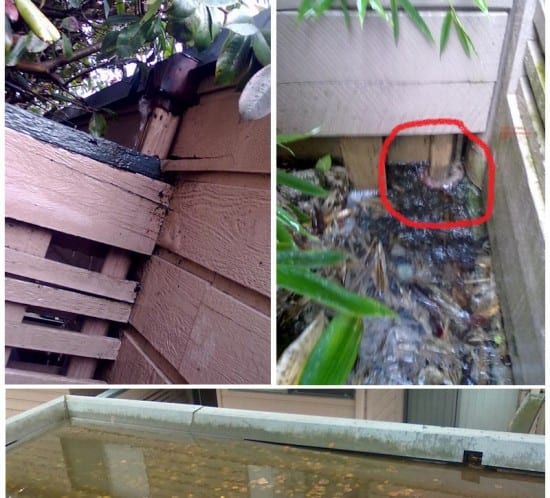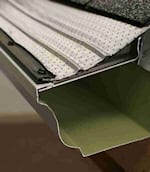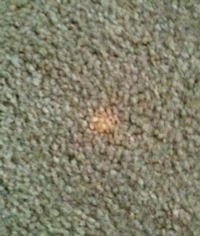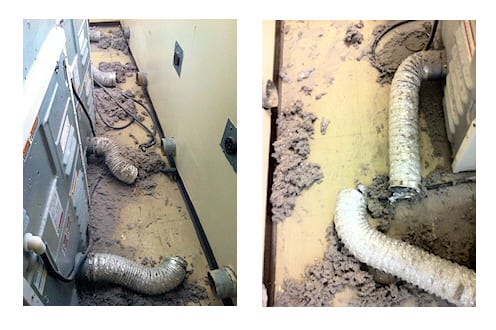Annual Service Agreement (ASG)
 What is an Annual Service Agreement (ASG)?
What is an Annual Service Agreement (ASG)?
It is an agreement between the Strata Corporation and ServiceMaster Clean Residential to perform a variety of cleaning services throughout the year. It is an ongoing agreement where the prices quoted are guaranteed for 3 years, and the strata is committing to having those services performed annually. The services are scheduled in advance the following year, given priority booking. It automatically continues unless the strata corporation provides 30 days written notice.
In return for committing to a schedule the strata receives 7 % savings on their regular maintenance items. In order to be eligible for an ASG a strata must have no less than 3 services in their service calendar.
We keep our customers based on our performance and not a contract, ASG is still governed by this principle. An ASG makes it easier for all parties to work together and provides a frame work for the relationship.
This is what it looks like / worded:
Wording of an ASG
Please find attached the annual service agreement for (Name Of Strata).
Details are as follows:
- Services scheduled as per Service Calendar (notice provided for posting in advance)
- 7 % discount applied to each service upon completion
- Each service invoiced individually upon completion
- In order to discontinue the schedule, strata corporation to provide 30 days written notice
Strata Corporation pre-approves ServiceMaster Clean Residential to perform the service(s) (in service calendar) annually. The quoted price(s) will not be increased for the next (3) three years. 30 days written notice is requested for changes or to cancel.
This is a summary of the pros for all 3 parties involved:
(1. The Building 2. The Property Manager 3. The Service Provider)
- Pros For The Buildings
- Save 7 % on their cleaning services
- Annual services get done like clock work
- Develop a relationship with a service provider instead of having someone different service the building every year. It is proven that if the same company and more specifically same technician service’s a site they will outperform “a one off service”.
- If the property manager changes or the company changes the service to the building continues on schedule.
- Serviced by a 25 year company and that specializes in Strata and Rental buildings
- They are not committed for ever, if they wish to discontinue simply provide 30 days written notice
- Pros for The Property Manager (Time savings)
- Does not need to seek approval from council for routine maintenance
- Does not need to gather yearly quotes for cleaning services
- They are provided a date in advance to service
- They are “prompted” when it is time, and do not need to worry about forgetting about scheduling important maintenance
- Pros For The Service Provider
- Saves a step with very busy property managers
- Scheduled work for production in advance
- Reduces Sale costs, time and need to follow up an annual basis
- Eliminated the difficulties that can happen, new property manager, new strata council, new pm company.
In conclusion we keep our customers based on our performance and not a contract, ASG is still governed by this principle. An ASG makes it easier for all parties to work together and provides a frame work for the relationship.















